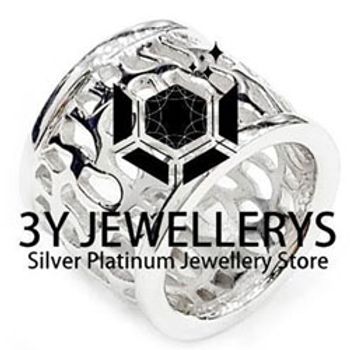How do you know if you have an allergy to jewellery?
Many people are allergic to specific metals, and often times staining of the skin is thought to be a sign. However, discoloration is caused by the reaction of certain metals against skin, in particular oxidation of the metal from perspiration. Real metal allergies will cause the skin to itch and turn red, and can sometimes leave a rash. Any part of the body can be affected by a jewelry allergy—a rash on the neck, itchy earlobes, red marks where jewellery has touched, swelling, or blisters—are all signs indicating an allergy to metal.
What are common jewellery allergies?
The most common jewellery allergy is to nickel, a natural white metal that is often mixed with others to create an alloy. Nickel is a common allergy and llmost 15% of the population is allergic to nickel. Nickel can be found in many products that touch skin, ranging from earring posts, body jewellery, eyeglass frames, watchbands, button, zippers, and costume jewellery, to basic hair pins.
What is hypoallergenic jewellery?
Hypoallergenic jewellery is jewellery that is made out of pure metals such as platinum, 18k gold, titanium, copper, and stainless steel, fine silver and sterling silver.
What can be done about jewellery allergies?
Switching to metals that are in a purer form is a good way to avoid allergy symptoms. Steer clear of plated pieces like German silver, nickel silver, and most costume jewellery, as they all rely heavily on nickel as filler. Keep all jewellery clean, free of tarnish, and only wear pieces that cause reactions for short periods of time. When reactive pieces are worn, be certain to keep the skin near them dry, and consider asking a jeweler if a protective layer of metal or film can be added to parts of the piece that touch skin. Some people have found relief by simply adding a coat of clear nail polish to jewellery that irritates their skin. Lastly, there is a large selection of hypo-allergenic jewellery on the market today. Seek out jewellery that has been specifically designed for people with sensitivity to metals, and consider investing in a few high quality pieces that can be relied upon to be worn comfortably for long periods of time.
Is sterling silver hypoallergenic?
Although there are some people who are allergic to silver, most people who are allergic to nickel are not allergic to silver because sterling silver is an almost pure metal usually made from 92.5% silver and 7.5% of other metals like zinc or copper, so it does not contain nickel, the most common source of allergies.
